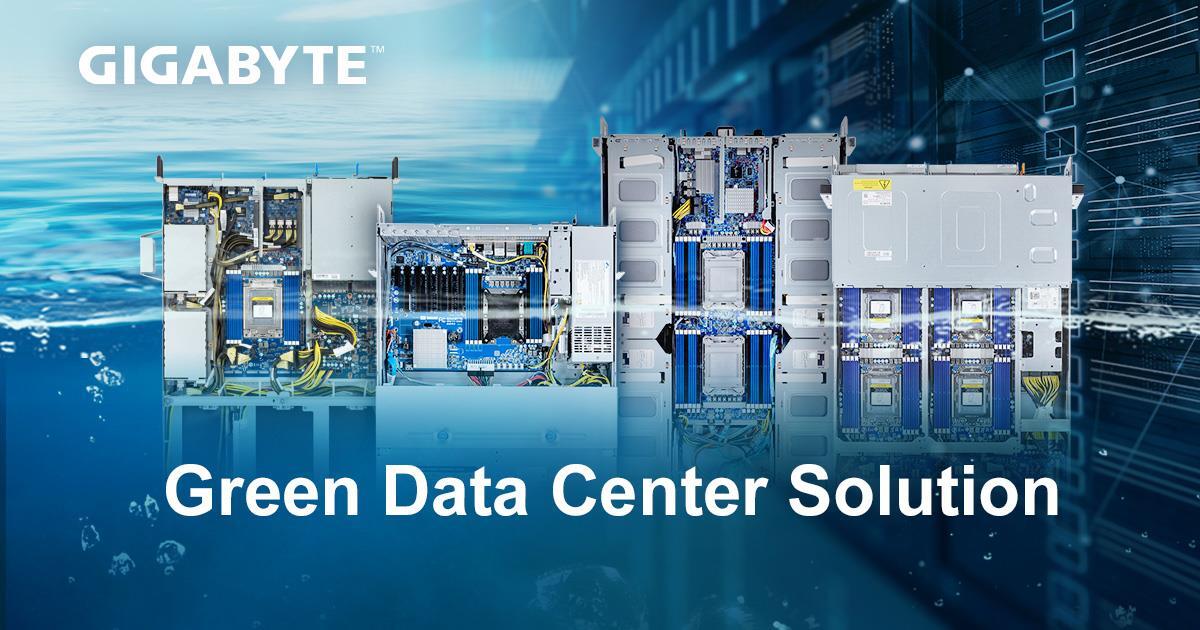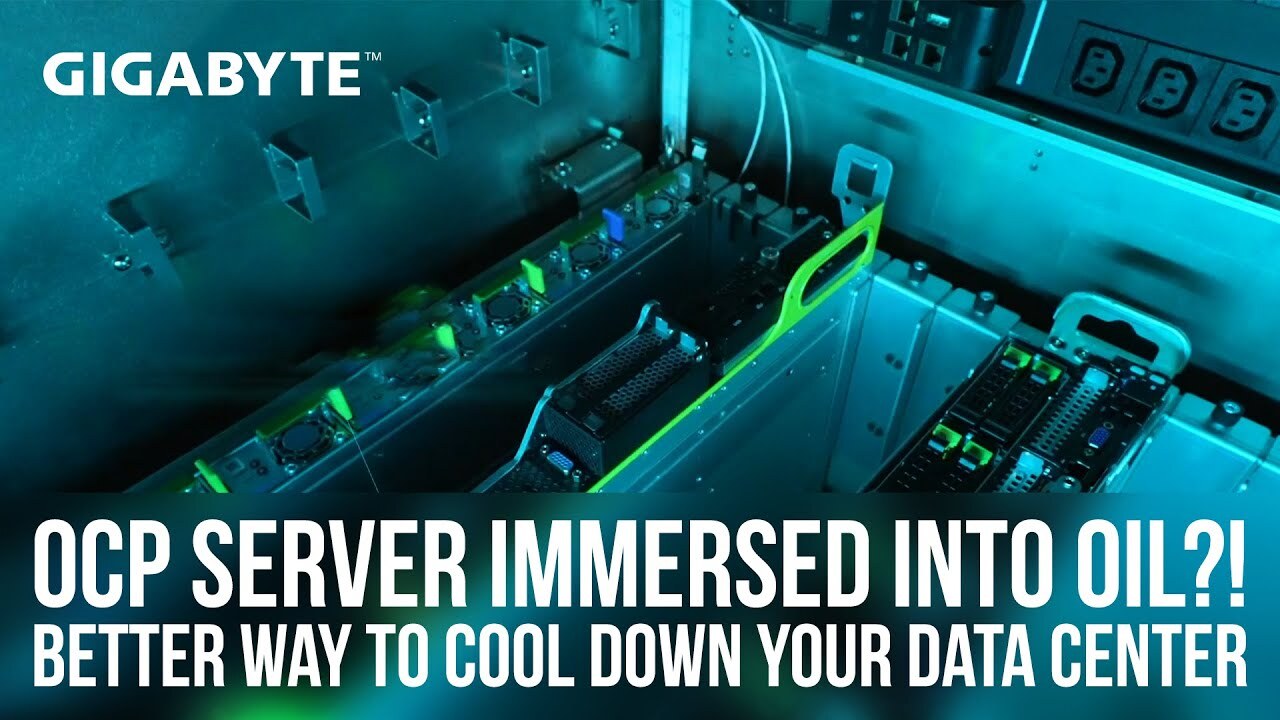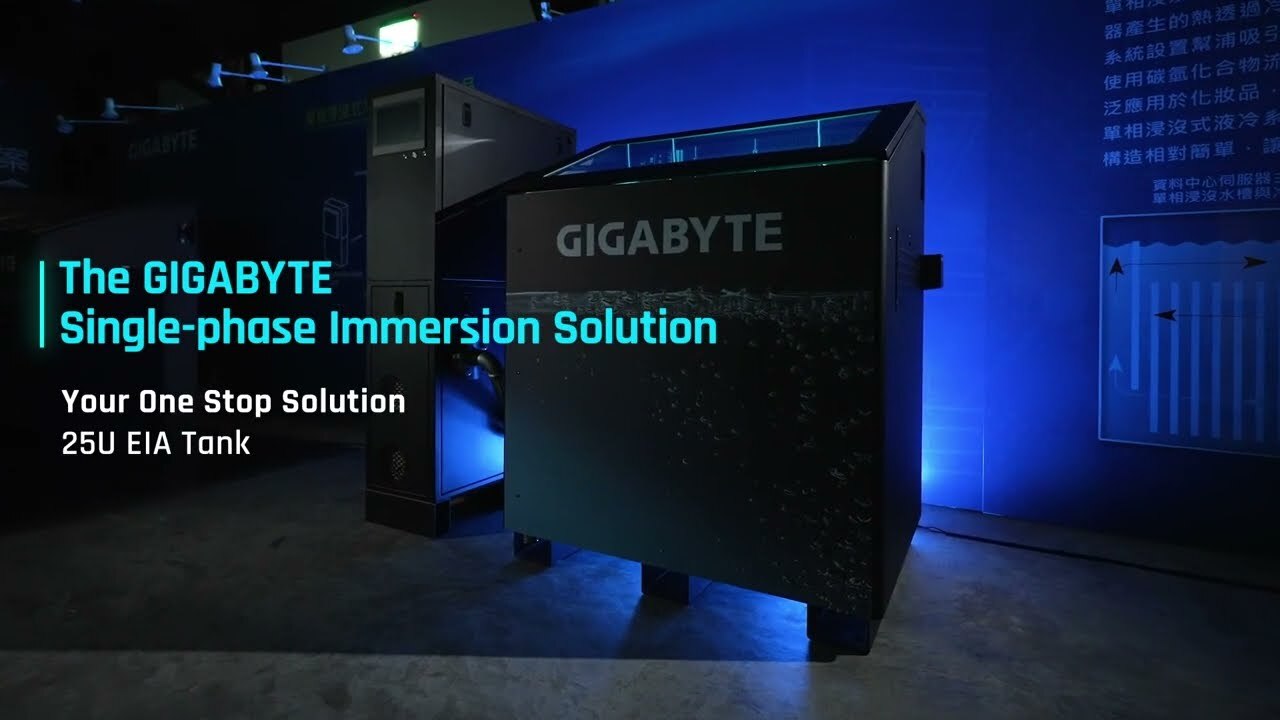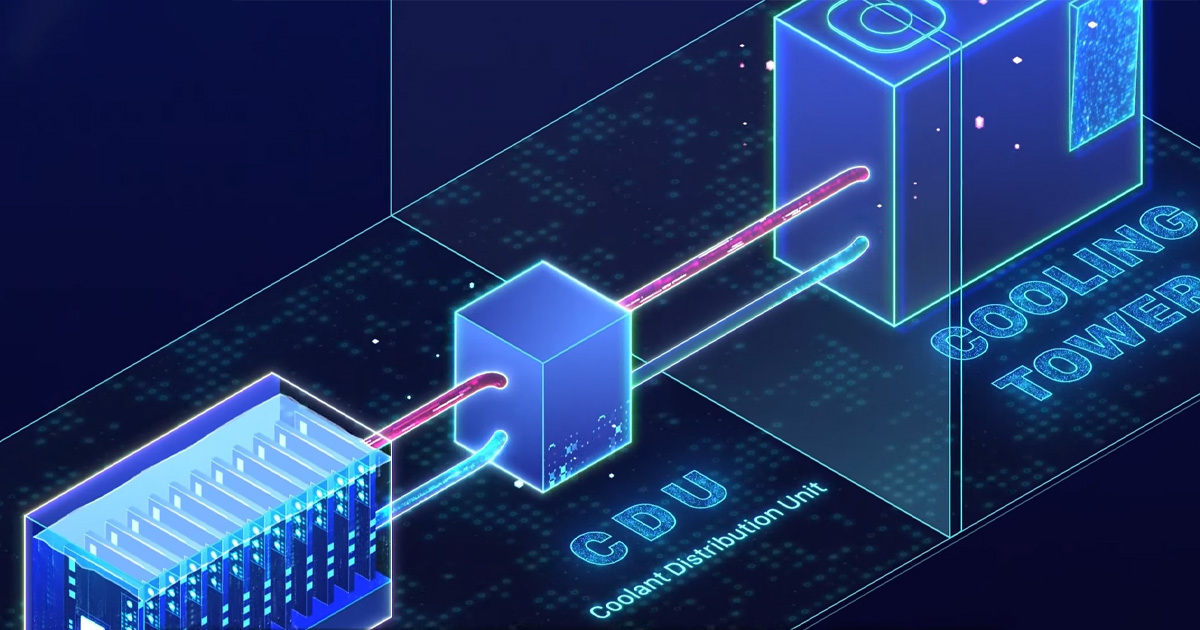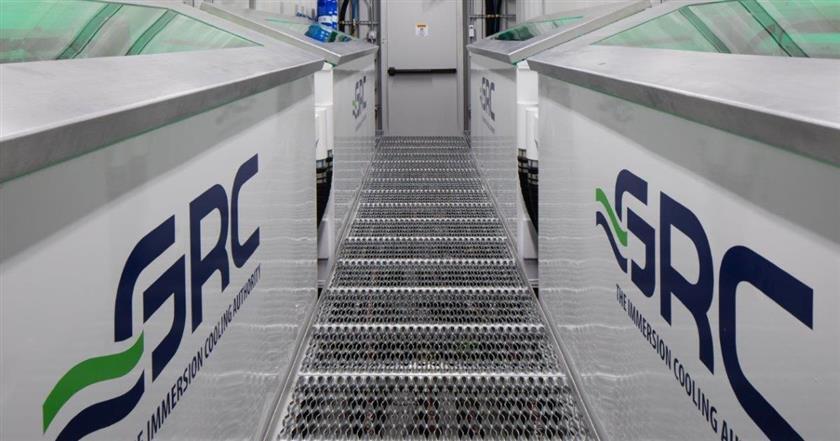Introduction
Immersion cooling is a well proven technology in many industries today, especially in high-power transformers and EV battery packs. It is the most effective method for heat dissipation and electrical protection of thermally dense components. Computer hardware has been immersion cooled since the 1960's with some supercomputers that have been completely submerged in a dielectric fluid to dissipate heat. The main reason why this method has not become mainstream may be that we did not need to do it at the time.
Low-density IC dies can be cooled by air, but each new generation of chips on the market gradually meets Moore's Law. We are in a very different situation now due to some major trends that are aligning. The result of these trends poses a unique challenge for the data center industry and our connected world. Therefore, GIGABYTE and Submer teams intend to meet the challenge together.
Learn More:
《Implement Immersion Cooling in Your IT Deployment Strategy》
《Helping Companies Deploy Digitalization and Achieve Net-Zero Goals》
《Solve your thermal dilemma with GIGABYTE advanced cooling》
Low-density IC dies can be cooled by air, but each new generation of chips on the market gradually meets Moore's Law. We are in a very different situation now due to some major trends that are aligning. The result of these trends poses a unique challenge for the data center industry and our connected world. Therefore, GIGABYTE and Submer teams intend to meet the challenge together.
Learn More:
《Implement Immersion Cooling in Your IT Deployment Strategy》
《Helping Companies Deploy Digitalization and Achieve Net-Zero Goals》
《Solve your thermal dilemma with GIGABYTE advanced cooling》
Usage Scenarios
Advantages of Single-Phase Immersion Cooling
Higher Efficiency and Energy Savings
up to 95% reduction in cooling OPEX in the data centers compares to air cooling - including server power consumption and air conditioning costs.
Higher Computing Density
No need for heat sinks and cooling fans means computing parts can be placed closer, which can increase computing power by 10 times in the same space.
Improved Reliability
Components are not subject to temperature variations, reducing failure potential & no cooling fans required, eliminating degradation from vibration.
Lower Maintenance Requirement
Passive cooling system means no unnecessary parts to build or service, useful especially for remote locations such as edge computing stations.
Deployment Flexibility
Can be deployed without air conditioning and low maintenance requirements. Can be expanded or contracted in limited space through small tank design.
How Does Single-Phase Immersion Cooling Work?
Server or IT component is immersed in a thermally conductive dielectric coolant. The coolant will not change its state either boil or freeze, and always remain liquid. The coolant in the tank is pumped by cooling distribution unit (CDU) to the heat exchanger outside the tank, where the heat is transferred to secondary cooling circuit mostly the building cold water.
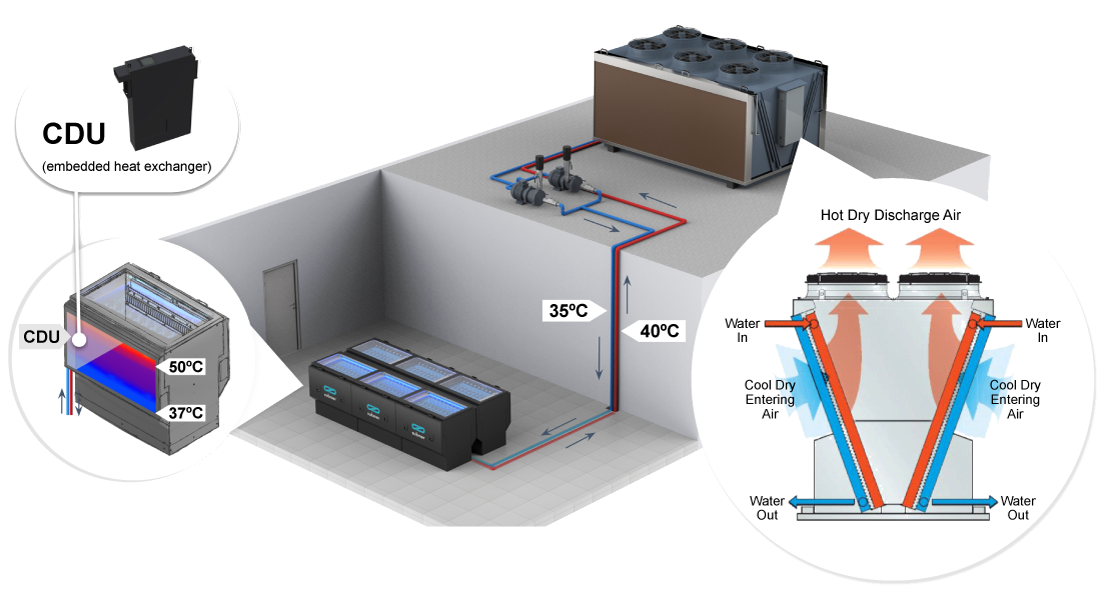
This combination with Submer's proprietary SmartCoolant coolant is sustainable, environmentally friendly and cost-effective, making GIGABYTE and Submer's solution the best when customers decide to use their equipment for immersion cooling.
| Physical & Chemical Properties | SmartCoolant |
|---|---|
| Fluid Type | Synthetic |
| Fire Point | 233°C |
| Pour point | -50°C |
| Kinematic Viscosity at 40°C | 5.1mm²/s (cSt) |
| Acidity | ≦0.01mg KOH/g |
| Corrosive Sulphur | Non-corrosive |
| Thermal Conductivity at 40°C | 0.14W/m.K |
| Specific Heat at 40°C | 2.26kJ/Kg.K |
| Dielectric Dissipation Factor at 90°C | ≦0.005 |
| Volume Resistivity | 10 GΩm |
| Biodegradability (28 days) | Readily Biodegradable |
| NSF food-grade Certification | HT1 |
| Global Warming Potential | None |
Immersion Cooling Infrastructure – Submer
Submer began in 2015, with the idea of challenging what it means to be a traditional data center. Today, Submer’s state-of-the-art solutions designed for data centers, cloud and edge computing are purpose built to future-proof their infrastructure, addressing challenges of heat-reuse, net-zero water and site selection.
Submer understands that it can be difficult to decide what solution can work best for customers as there are many elements that need to be considered: computing power, electricity, and capacity. So, Submer has done the hard work for customers with GIGABYTE’s assistance, and have created what we believe is the ultimate solution for the Edge, AI and HPC industry.
With multiple options available per industry, customers can choose a complete purpose-built solution to meet their challenges.
With multiple options available per industry, customers can choose a complete purpose-built solution to meet their challenges.
SmartPod: Immersion Cooling Made Practical
SmartPod is a commercial immersion cooling system designed based on OCP specifications, which can support 19” EIA standard servers and OCP computing nodes.
SmartPod installs servers differently than traditional cabinets with vertical installation, instead arranges servers in horizontally in a tank equipped with SmartCoolant. Due to its characteristics, SmartCoolant can quickly and effectively remove heat from hot spots. Since an immersion cooling server does not require cooling fans, it has direct advantages in computing density and power consumption.
| Model | SmartPodX | SmartPodXL | SmartPodXL+ |
|---|---|---|---|
| Heat Dissipation Capacity | 50kW | 50kW (1 CDU) | 100kW (2 CDUs) |
| IT Hardware Capacity | 21U / 19OU | 44U / 42OU | 41U / 39OU |
| Dimensions | 120 (L) x 90 (W) x 119 (H) cm | 231 (L) x 93 (W) x 121 (H) cm | 231 (L) x 93 (W) x 121 (H) cm |
| Weight | Empty: 411kg Full of SmartCoolant: 872kg |
Empty: 671kg Full of SmartCoolant: 1620.5kg |
Empty: 767kg Full of SmartCoolant: 1716.5kg |
| SmartCoolant Capacity | 576L | 1187L | 1187L |
| Ambient Temperature | -20°C~40°C | -20°C~40°C | -20°C~40°C |
MicroPod: The Smartest Solution for Edge & Cloud Computing
MicroPod is an edge-ready, plug-and-play all-in-one data center solution that provides unprecedented high-density and efficient infrastructure anywhere. It merges primary and secondary cooling units together without the need for additional water distribution systems, such as facility water systems. Whether it is warehouses, office buildings, urban centers, or remote areas with harsh weather conditions and far from the grid, MicroPod will be suitable for the task.
| MicroPod | |
|---|---|
| Heat Dissipation Capacity | Outdoor configuration: 5kW (in direct sunlight)
Indoor configuration: 6.7kW |
| IT Hardware Capacity | 6U, 800mm max depth |
| Dimensions | 150 (L) x 84 (W) x 122 (H) cm |
| Weight | Empty: 290kg Full of SmartCoolant: 433kg |
| SmartCoolant Capacity | 180L |
| Ambient Temperature | -5 °C - 40 °C |
Immersion Cooling Servers with GIGABYTE
GIGABYTE is an industry leader in high-performance computing servers. Due to the high-power consumption and heat generated by high-performance processors or general-purpose computing accelerators, HPC servers and the derived applications are particularly suitable for immersion cooling.
By cooperating with Submer to provide standard products compatible with SmartPod, GIGABYTE's modular product design allows us to quickly respond to customer needs and modify other air-cooled servers to be fully compatible with submerged cooling systems or environments.
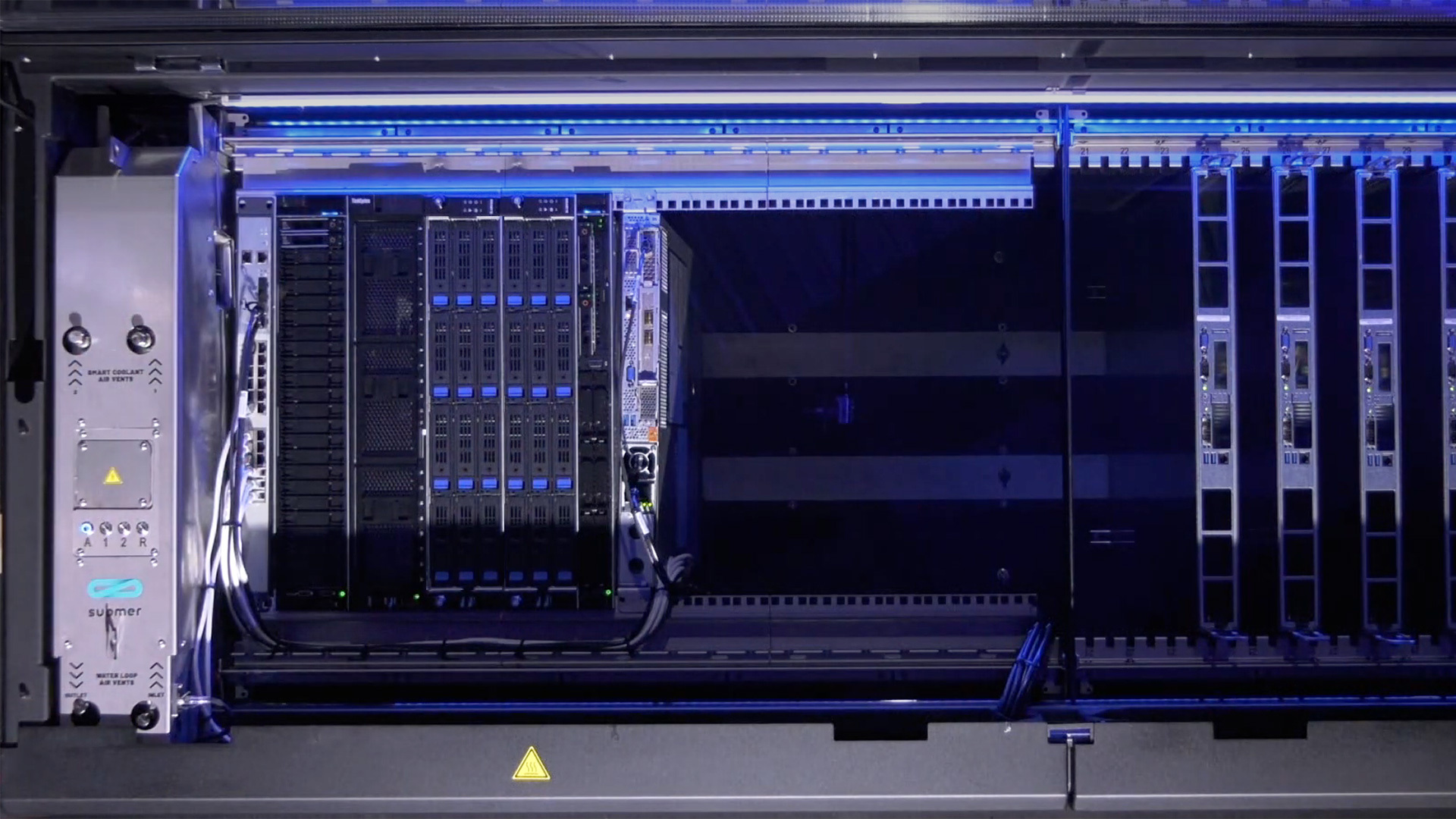


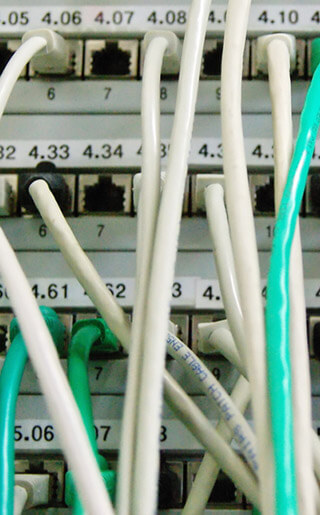



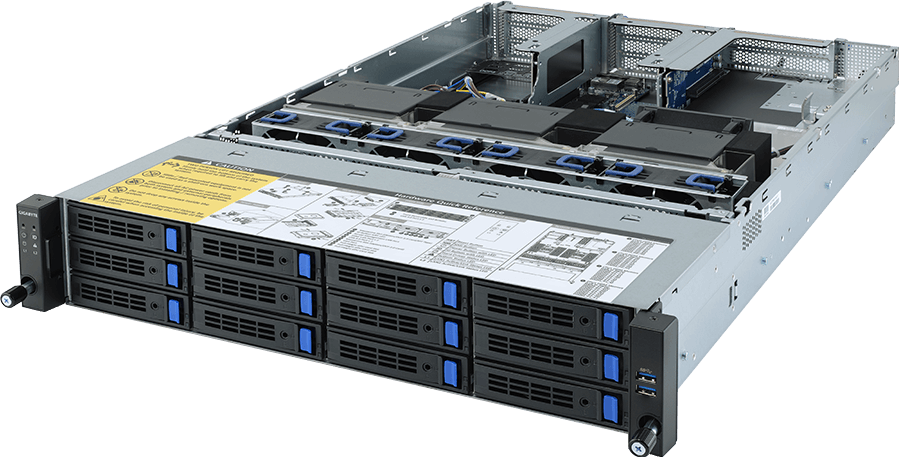
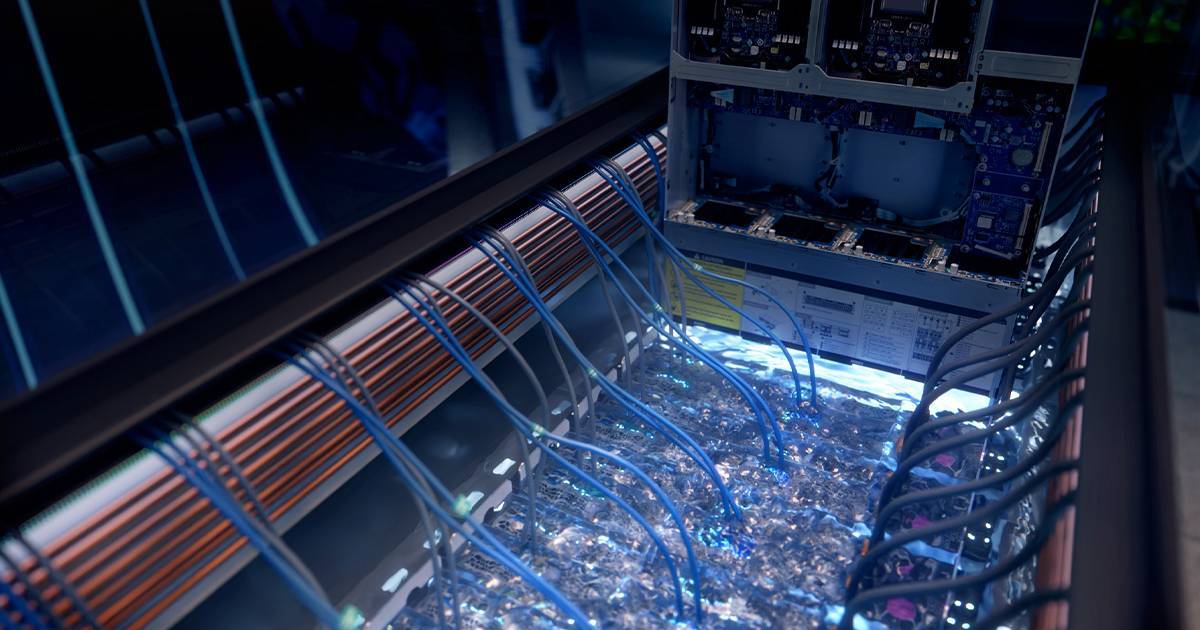
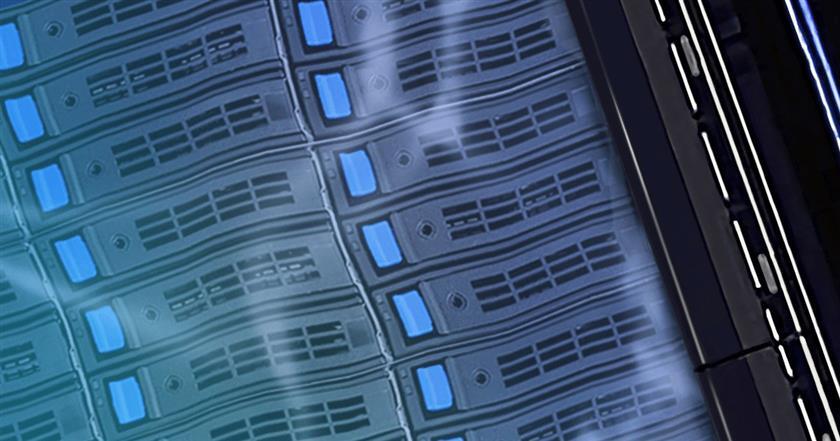
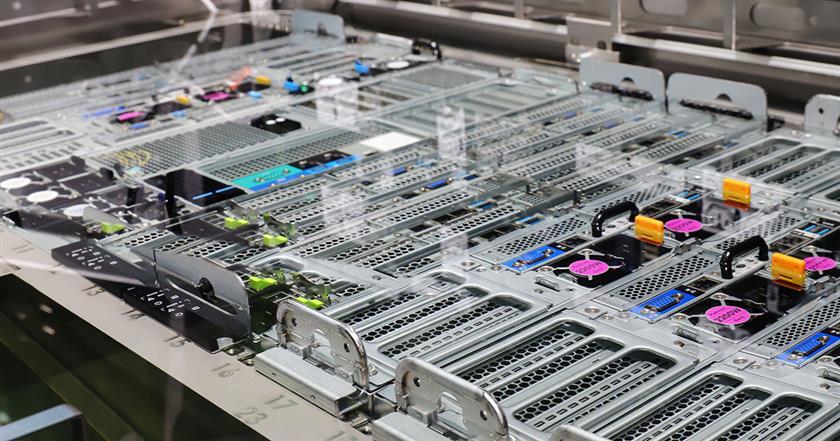
![[Success Case] Japanese Telco Leader KDDI Invents Immersion Cooling Small Data Center with GIGABYTE](https://static.gigabyte.com/StaticFile/Image/Global/628b071a117ac9d60675ff4f7016730c/Article/192)
